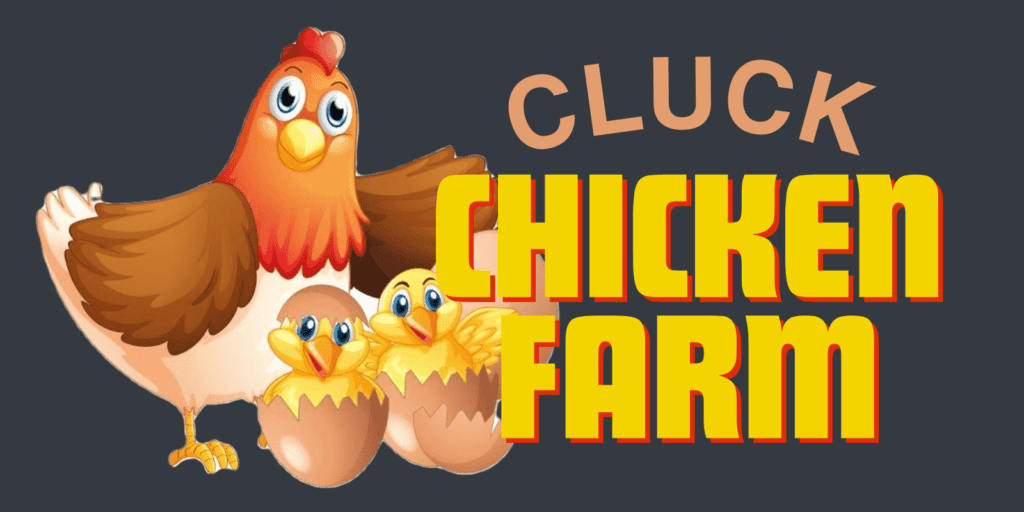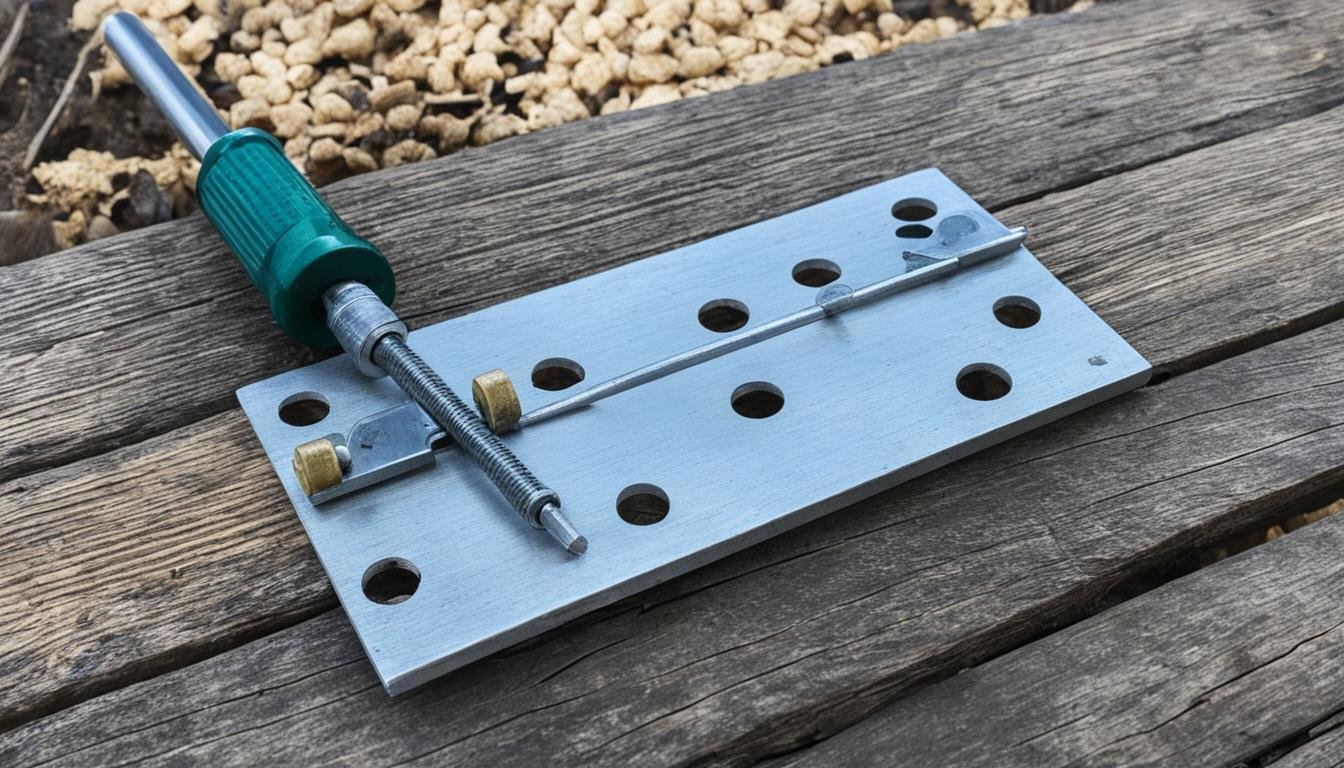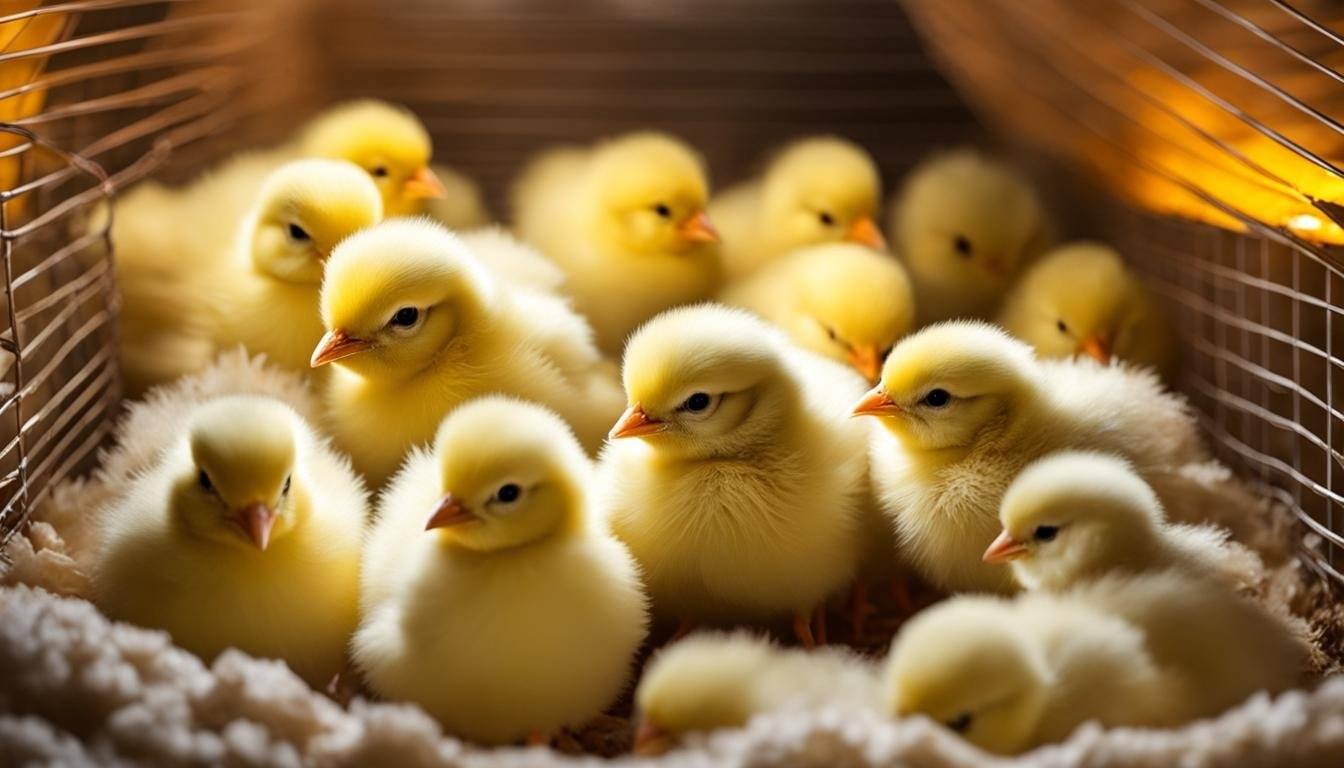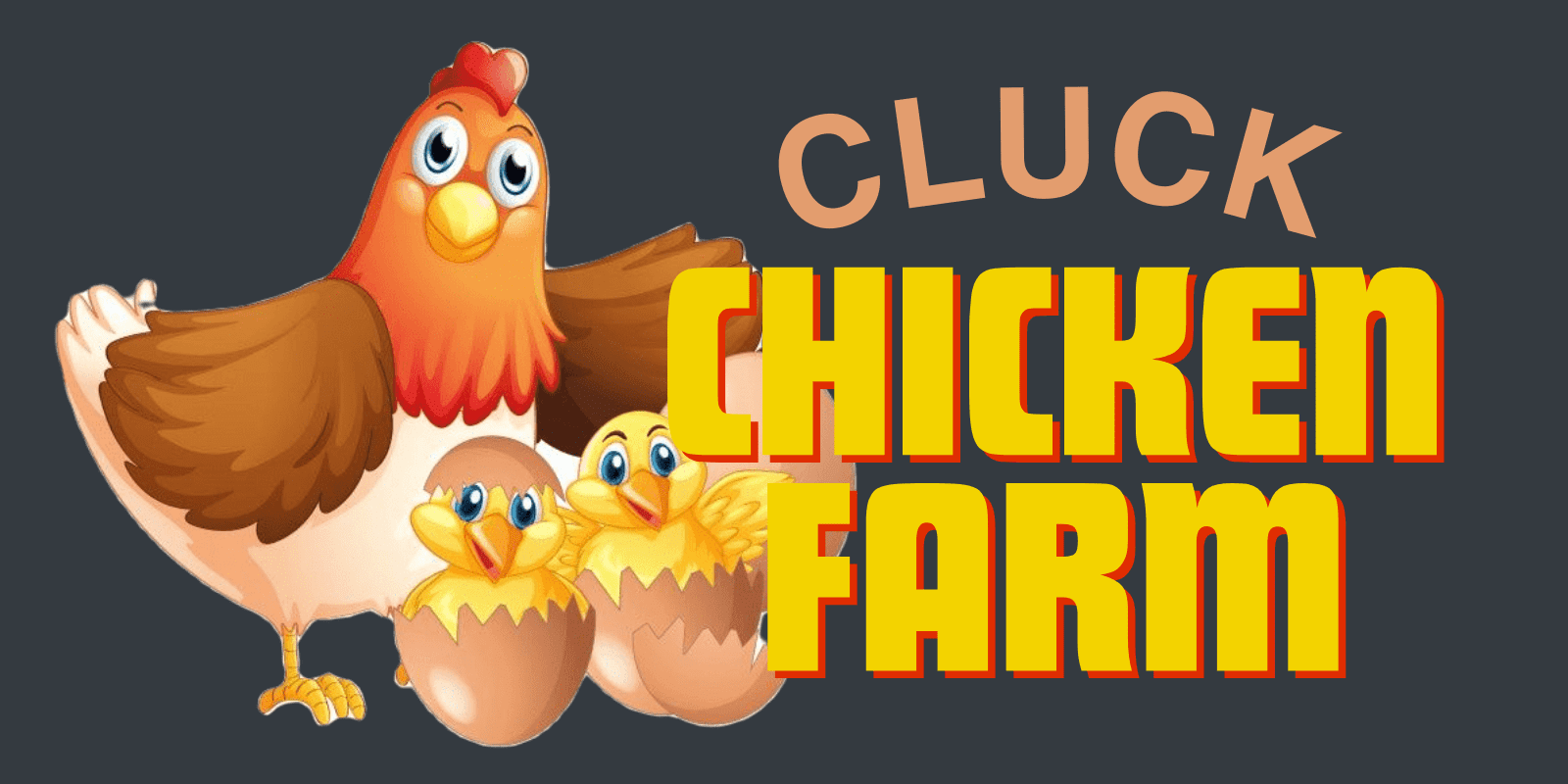Euthanizing a chicken is a difficult decision, but it can be done in a humane and compassionate manner. There are various methods of chicken euthanasia, but not all are suitable for home chicken producers. In this article, we will explore a safe and accessible option – using Benadryl for chicken euthanasia.
Benadryl is a widely available over-the-counter antihistamine that can be used to euthanize chickens. It works by slowing down the chicken’s respiratory and cardiovascular systems, leading to a painless and peaceful death. This method is often preferred by chicken farmers who want to ensure humane treatment for their birds.
In the following sections, we will discuss the reasons why Benadryl is a suitable option for chicken euthanasia, the recommended dosage, how to administer it, what to expect during the process, and proper disposal methods. We will also explore alternatives to euthanasia for chickens, should that align better with your beliefs and values.
Stay with us as we delve into the topic of chicken euthanasia with Benadryl and provide you with all the necessary information to make an informed decision for the well-being of your chickens.
Why Use Benadryl for Chicken Euthanasia?
When it comes to euthanizing chickens, using Benadryl offers a humane and effective solution. This over-the-counter antihistamine medication is known for its ability to slow down the respiratory and cardiovascular systems of chickens, resulting in a painless and peaceful death.
Benadryl is readily accessible at most drugstores and supermarkets, making it a convenient and affordable option for chicken farmers. Its widespread availability ensures that chicken producers can easily obtain the medication whenever the need arises.
By choosing Benadryl for chicken euthanasia, farmers can provide their feathered friends with a compassionate end to their suffering. The medication’s impact on the respiratory and cardiovascular systems ensures a gentle passing for the chicken, minimizing distress and pain.
Considering the ease of accessibility, affordability, and humane nature of Benadryl, it is a preferred choice for chicken euthanasia among many farmers. Its availability and effectiveness make it a reliable option for those seeking an accessible and compassionate method of ending a chicken’s life when necessary.
Comparing Euthanasia Methods for Chickens
| Method | Effectiveness | Accessibility | Humaneness |
|---|---|---|---|
| Benadryl | High | Available over the counter | Gentle and painless |
| Lethal Injection | High | Restricted access, requires professional assistance | Gentle and painless |
| Electrocution | Effective | Requires specialized equipment and knowledge | Varies, potential for pain |
| Gas Chambers | Effective | Requires specialized equipment and knowledge | Varies, potential for distress |
Dosage of Benadryl for Chicken Euthanasia
In order to euthanize a chicken using Benadryl, it is important to administer the correct dosage for a humane and compassionate process. The recommended dosage of Benadryl for euthanizing a chicken is 50mg per pound of body weight. However, it is essential to keep in mind that each chicken may respond differently to the drug, so the dosage might need to be adjusted accordingly.
Consulting a veterinarian before administering any medication to your chickens is highly advised in order to ensure the dosage is appropriate for the specific chicken’s needs and well-being.
Benadryl Dosage Chart for Chicken Euthanasia
| Body Weight of Chicken | Recommended Dosage of Benadryl |
|---|---|
| 2 pounds | 100mg |
| 4 pounds | 200mg |
| 6 pounds | 300mg |
It is crucial to follow the proper dosage guidelines and consult a professional to ensure the safety and well-being of your chickens during the euthanasia process.
Administering Benadryl for Chicken Euthanasia
When it comes to euthanizing a chicken with Benadryl, there are a few methods you can utilize. One common way is to mix the medication with a small amount of water and administer it using a syringe or dropper. This method ensures precise dosage and easy ingestion for the chicken. Another method involves crushing the medication and incorporating it into the chicken’s feed. This allows the chicken to consume it along with their regular meal.
Regardless of the method you choose, it’s essential to follow the recommended dosage and consult a veterinarian if needed. The dosage may vary depending on the weight and sensitivity of the chicken, so professional guidance can ensure a safe and effective process. Once the medication is administered, the chicken should start experiencing the effects within 20-30 minutes.

| Administering Method | Procedure |
|---|---|
| Mixing with water | 1. Determine the appropriate dosage based on the chicken’s weight. 2. Mix the calculated amount of Benadryl with a small quantity of water. 3. Use a syringe or dropper to feed the mixture directly to the chicken. 4. Ensure the chicken consumes the entire dose. |
| Crushing and mixing with feed | 1. Calculate the proper dosage according to the chicken’s weight. 2. Crush the Benadryl medication into a fine powder. 3. Mix the powdered medication thoroughly with the chicken’s feed. 4. Observe the chicken while eating to ensure the complete intake of the medication. |
What to Expect During Chicken Euthanasia with Benadryl
Once the chicken has fallen asleep, it will gradually stop breathing, and its heart will stop beating. The entire process may take up to an hour, but the chicken should not experience pain or discomfort. It is important to stay with the chicken until the process is complete and ensure it has passed away before disposing of the body.
| Phases | Duration |
|---|---|
| Falling Asleep | Within 20-30 minutes |
| Cease of Breathing | Varies, up to an hour |
| Cardiac Arrest | Varies, up to an hour |
Phase 1: Falling Asleep
After administering Benadryl, the chicken will gradually fall asleep. The medication works to relax the chicken’s respiratory and cardiovascular systems, inducing sedation.
Phase 2: Cease of Breathing
As the chicken enters a deeper state of sedation, their breathing will gradually slow down and eventually cease. This process can take varying amounts of time, ranging from a few minutes to up to an hour.
Phase 3: Cardiac Arrest
Once the chicken’s breathing has stopped, their heart will also cease to beat. This marks the completion of the euthanasia process. It is crucial to ensure that the chicken has passed away before proceeding with disposal.
Disposing of the Chicken After Euthanasia
Proper disposal of the chicken’s body is essential to maintain a clean and safe environment and prevent the spread of diseases. There are several options available for the humane and responsible disposal of a chicken’s body after euthanasia.
Burying the Chicken
One common method is burying the chicken in a deep hole in a safe and secure area. This ensures that other animals cannot access the body and minimizes the risk of disease transmission. When burying the chicken, it is important to choose a location away from water sources to avoid contamination.
Burning the Chicken
If permitted by local laws and regulations, burning the chicken can also be an option for disposal. This method eliminates the risk of attracting scavengers and reduces the chances of disease transmission. However, it is crucial to follow all safety guidelines and regulations when opting for this method.
Composting the Chicken
Composting the chicken is another viable option for disposal, as it allows the body to decompose naturally and return nutrients to the soil. However, proper precautions should be taken to ensure the composting process is done correctly to avoid potential health hazards and maintain a hygienic environment.
When deciding on the most suitable method for disposing of a chicken’s body, it is essential to consider local regulations, personal preferences, and environmental factors. By choosing a humane and responsible approach, you can ensure the dignity and welfare of the chicken even after euthanasia.

| Disposal Method | Pros | Cons |
| ————— | —- | —- |
| Burying the Chicken | – Prevents disease transmission
– Secures the body from scavengers | – Requires suitable land space
– Potential water contamination |
| Burning the Chicken | – Eliminates the risk of attracting scavengers
– Reduces disease transmission | – Strict adherence to local regulations required
– Safety precautions necessary |
| Composting the Chicken | – Natural decomposition process
– Returns nutrients to the soil | – Requires proper composting procedures
– Potential health hazards if done incorrectly |
Please note: Always comply with local regulations and guidelines when disposing of a chicken’s body. Choose the method that best suits your circumstances and ensures responsible and humane practices.
Alternatives to Euthanasia for Chickens
In some cases, euthanasia may not be the preferred option for chicken owners due to moral, ethical, or religious reasons. Fortunately, there are alternatives available that prioritize the well-being and comfort of the chicken during the end stages of life. These alternatives include:
Palliative Care for Chickens
Palliative care focuses on providing holistic comfort and pain relief for chickens as they approach the end of their lives. This approach aims to enhance the chicken’s quality of life by managing symptoms and providing supportive care. It involves addressing physical discomfort, providing emotional support, and ensuring a peaceful environment for the chicken to live out its remaining days. By implementing palliative care, chickens can experience a dignified and comfortable end of life.
Natural Death
Allowing a chicken to pass away naturally is another alternative to euthanasia. With proper care, chickens can naturally reach the end of their lifespan without the need for intervention. This approach entails providing adequate nutrition, ensuring a safe and stress-free environment, and monitoring the chicken’s health closely. Natural death allows the chicken to follow its natural course without hastening the process, fostering a more organic conclusion to its life.
Chicken Hospice Care
Hospice care aims to provide comfort and pain management to chickens in the end stages of life. Similar to palliative care, hospice care focuses on ensuring the chicken’s physical and emotional well-being during this crucial time. This may involve administering pain medications, providing assistance with mobility and feeding, and creating a peaceful and nurturing environment. Chicken hospice care can allow owners to provide compassionate support to their chickens as they approach the end, promoting a gentle and respectful transition.
By considering these alternatives to euthanasia, chicken owners can choose a path that aligns with their values and beliefs, allowing their feathered companions to experience a compassionate and peaceful end of life.
Conclusion
Euthanizing a chicken is a difficult decision, but using Benadryl can provide a humane and peaceful method of euthanasia. By following the recommended dosage and administration instructions, you can ensure the chicken’s well-being during this process. However, it is always advisable to consult a veterinarian when necessary to ensure the best possible care for your chickens.
Once the euthanasia is complete, proper disposal of the chicken’s body is crucial for maintaining a healthy environment. Remember to consider alternative options to euthanasia if they align with your values and beliefs. Palliative care, natural death, and hospice care can offer chickens comfort and support in their final stages of life.
Ultimately, the welfare of your chickens should be a top priority throughout their lives. Whether making difficult decisions about euthanasia or providing care during their final days, your compassion and dedication will ensure the well-being of your flock.





